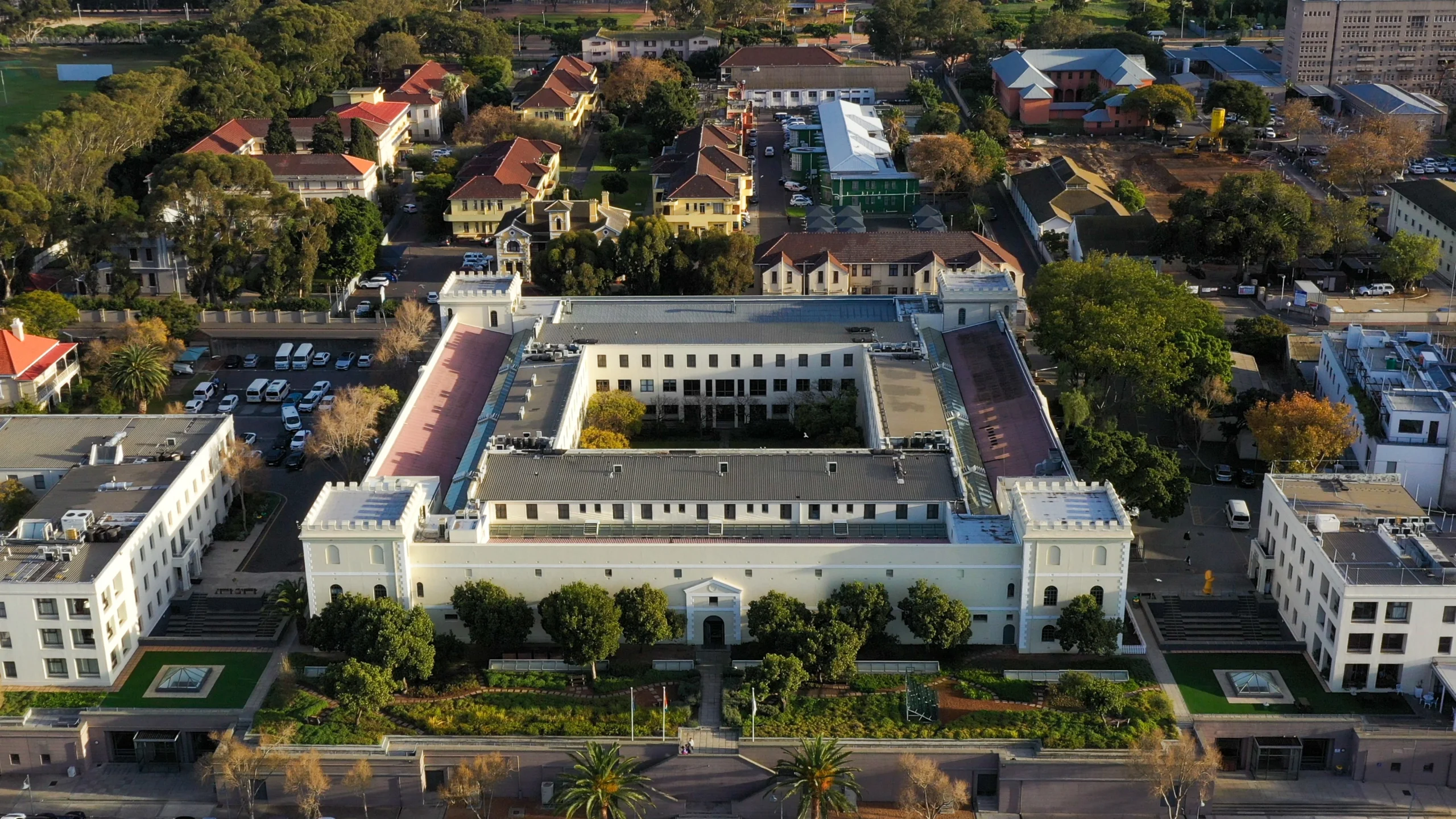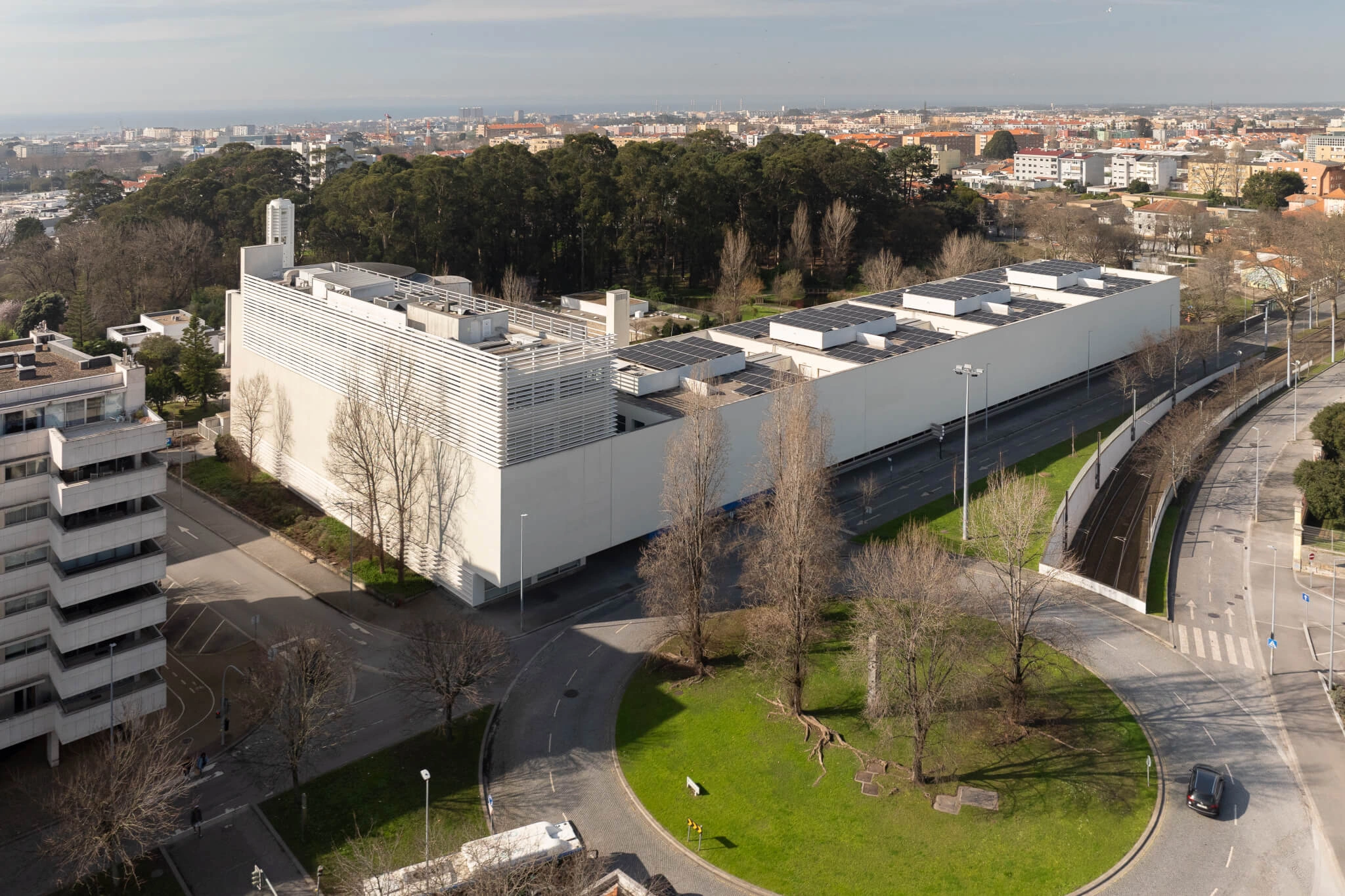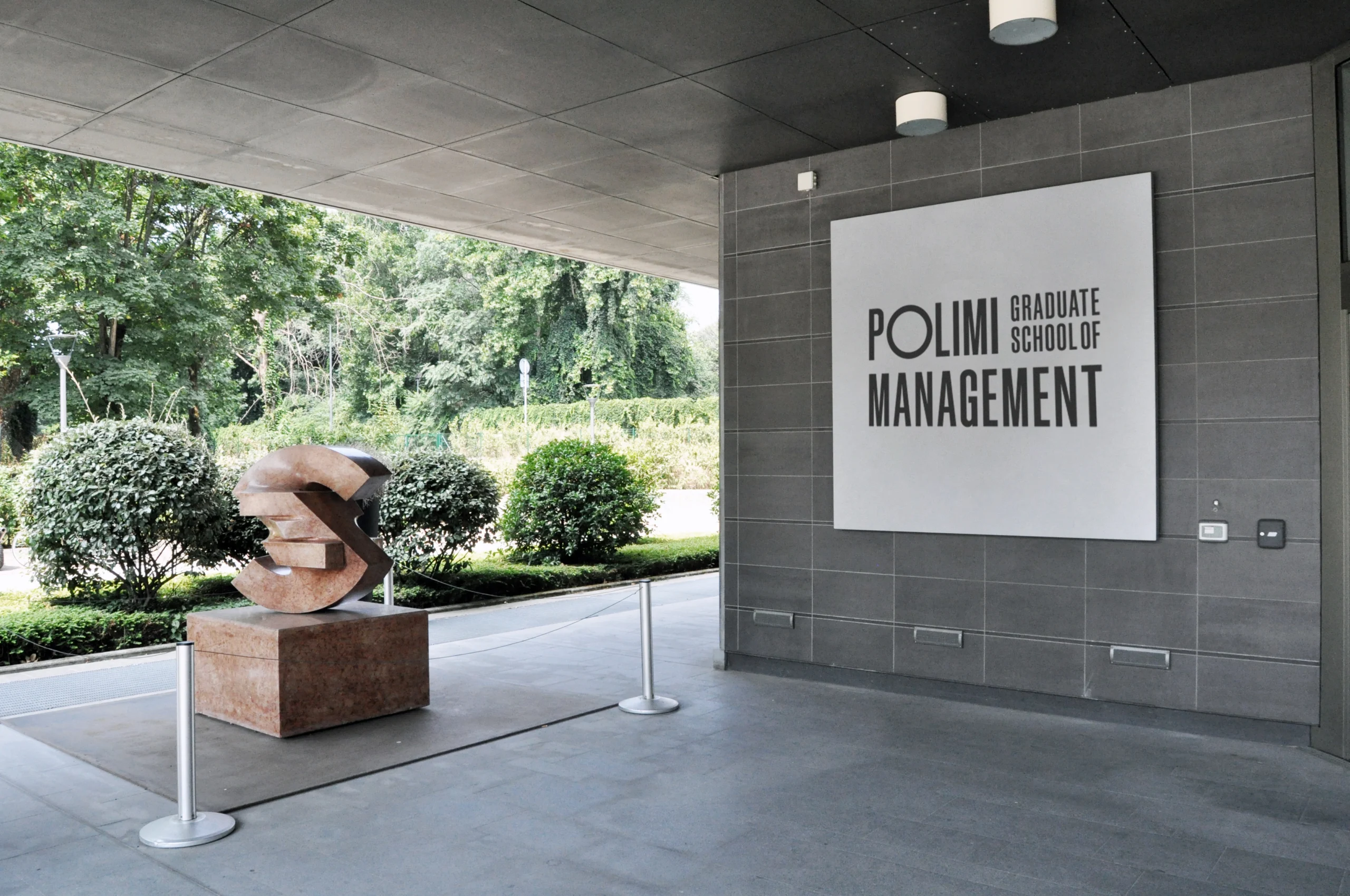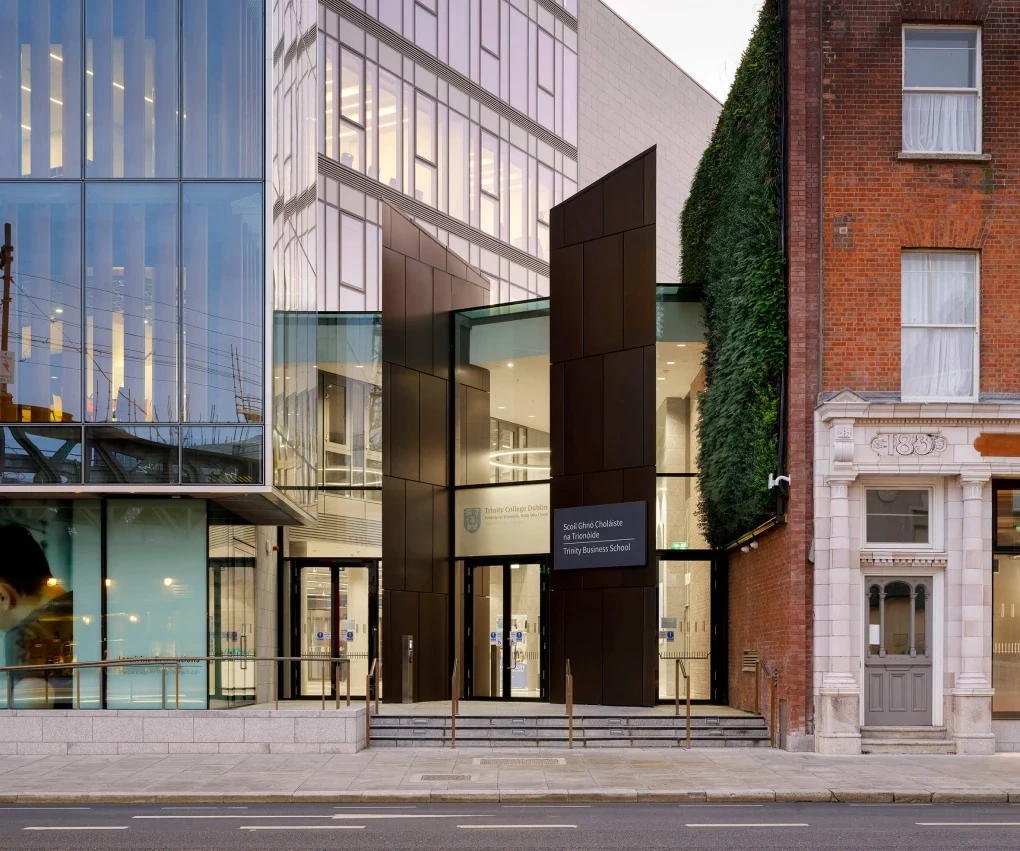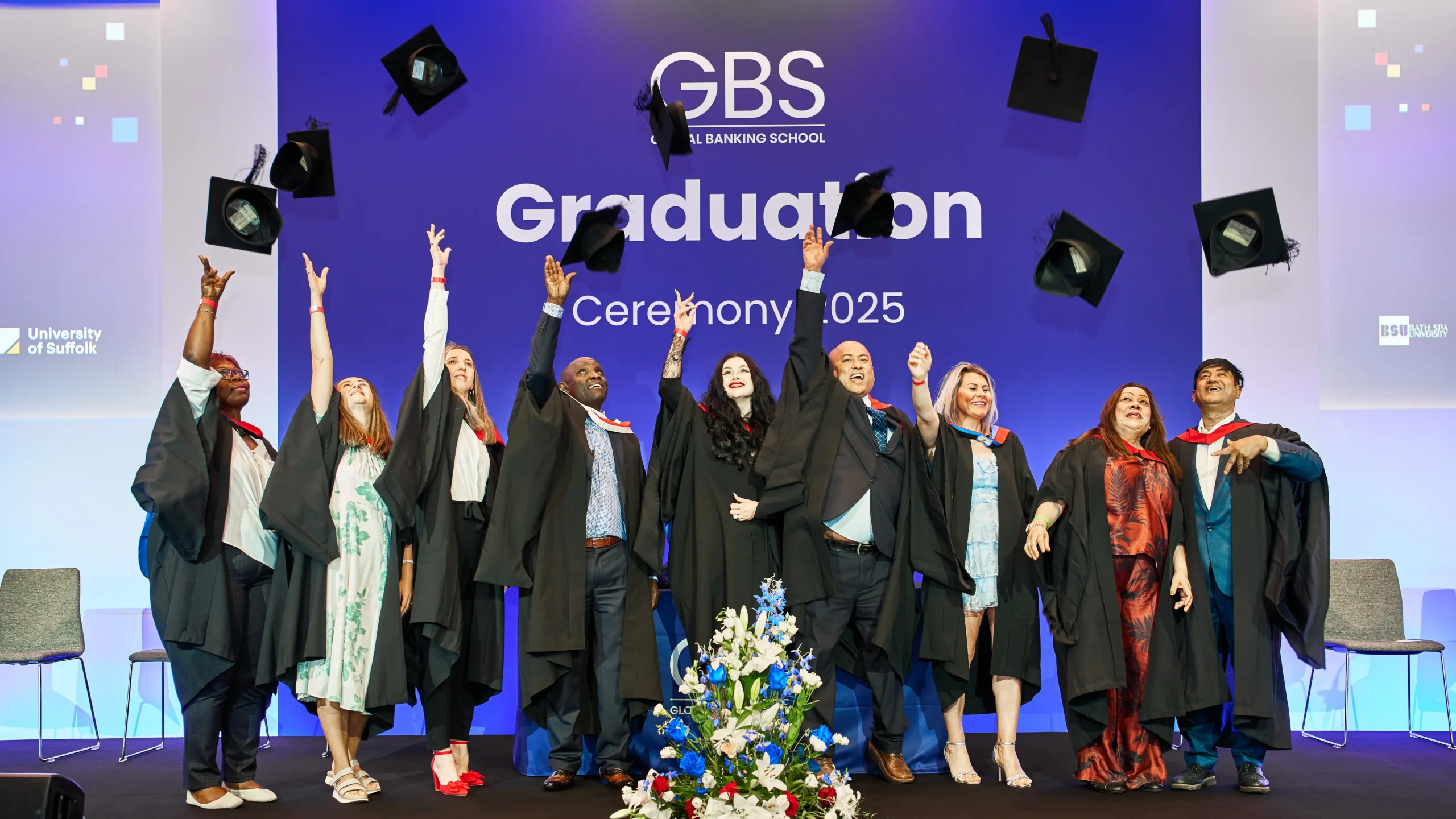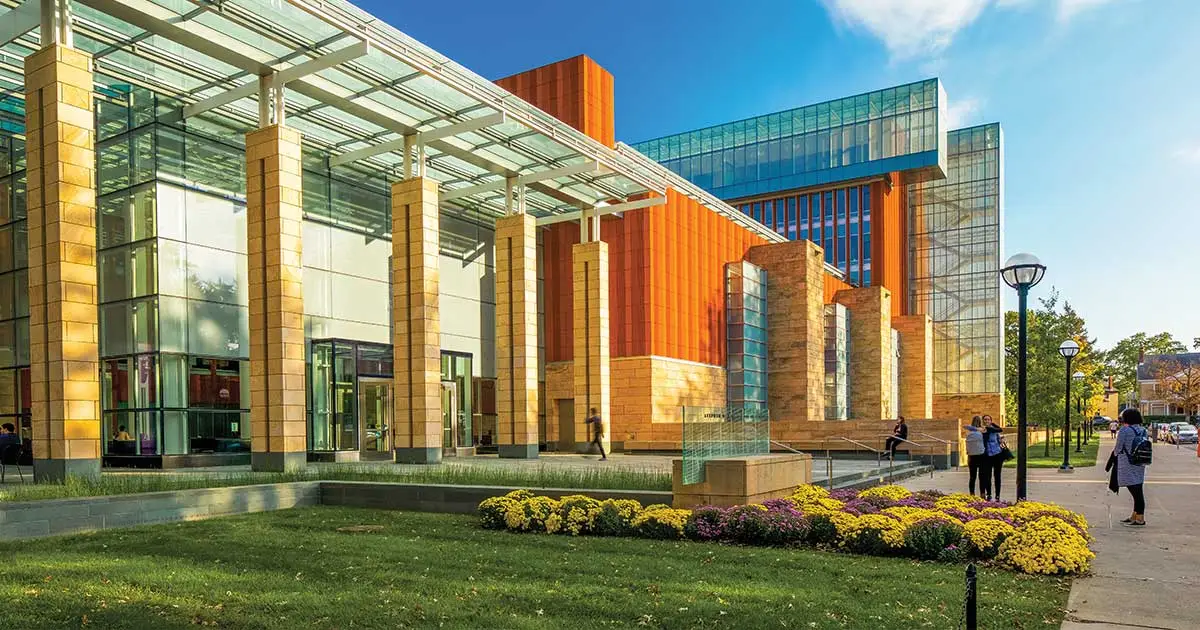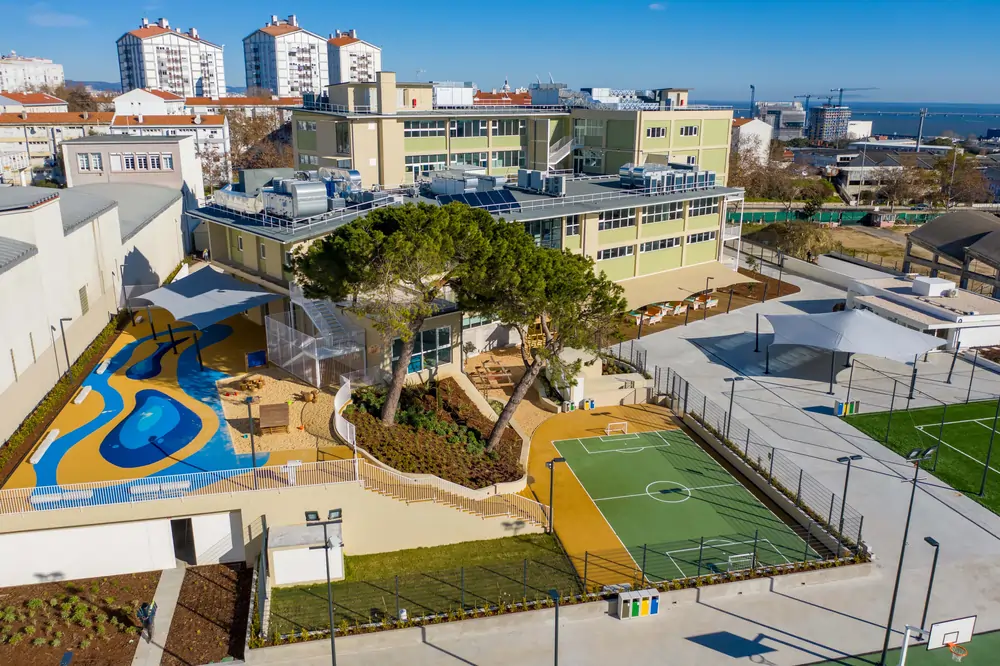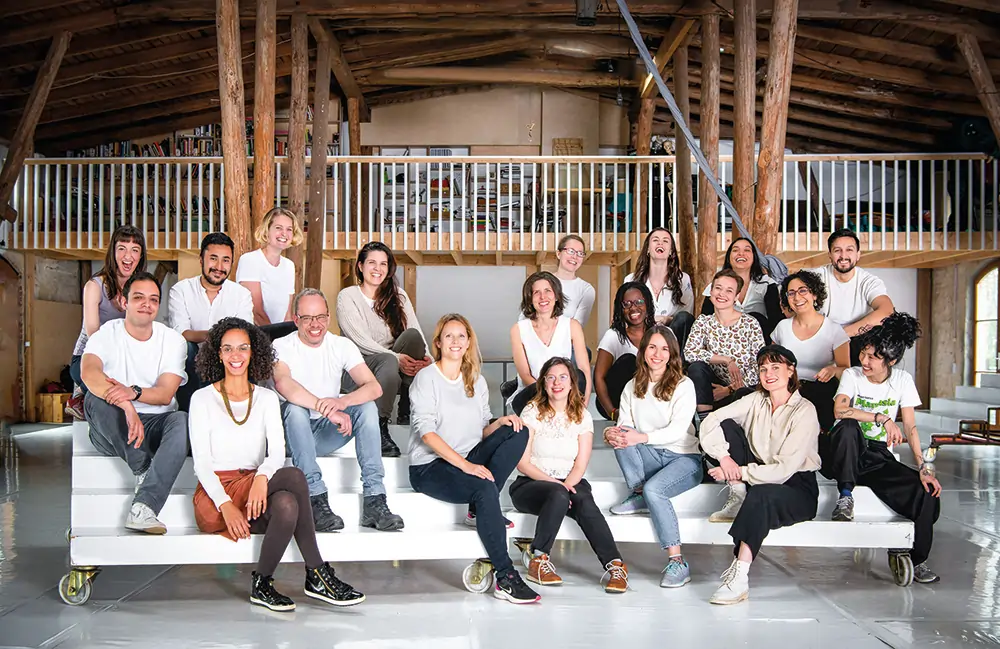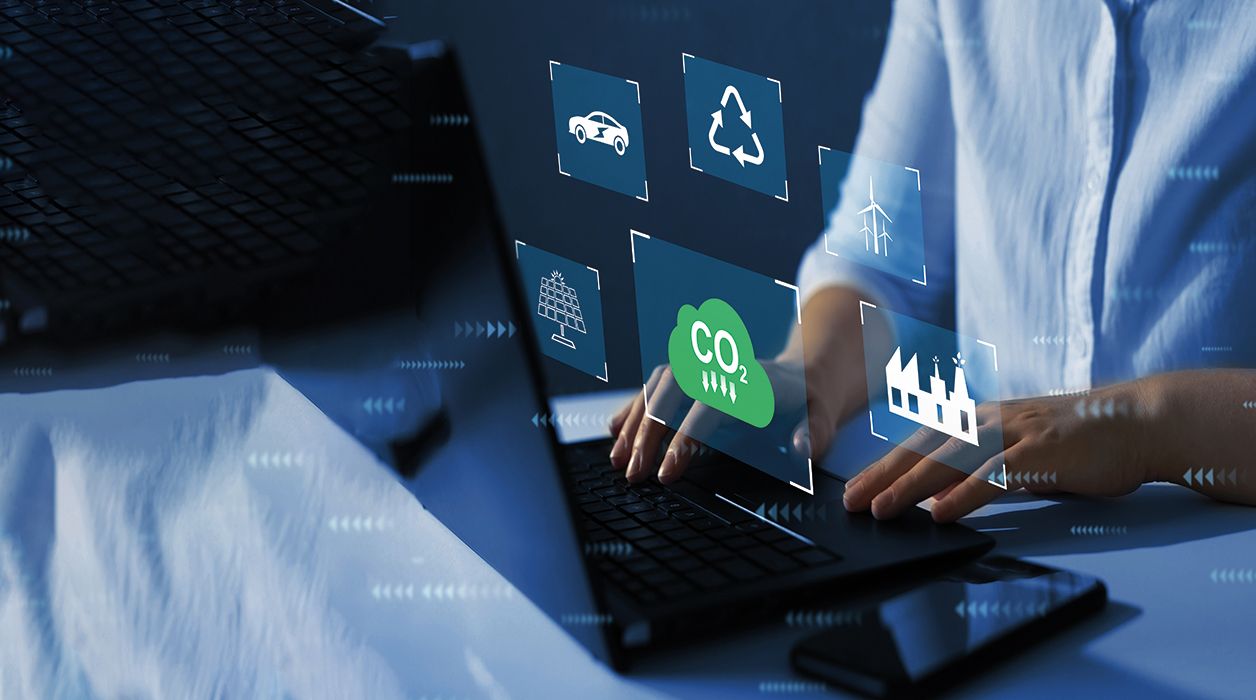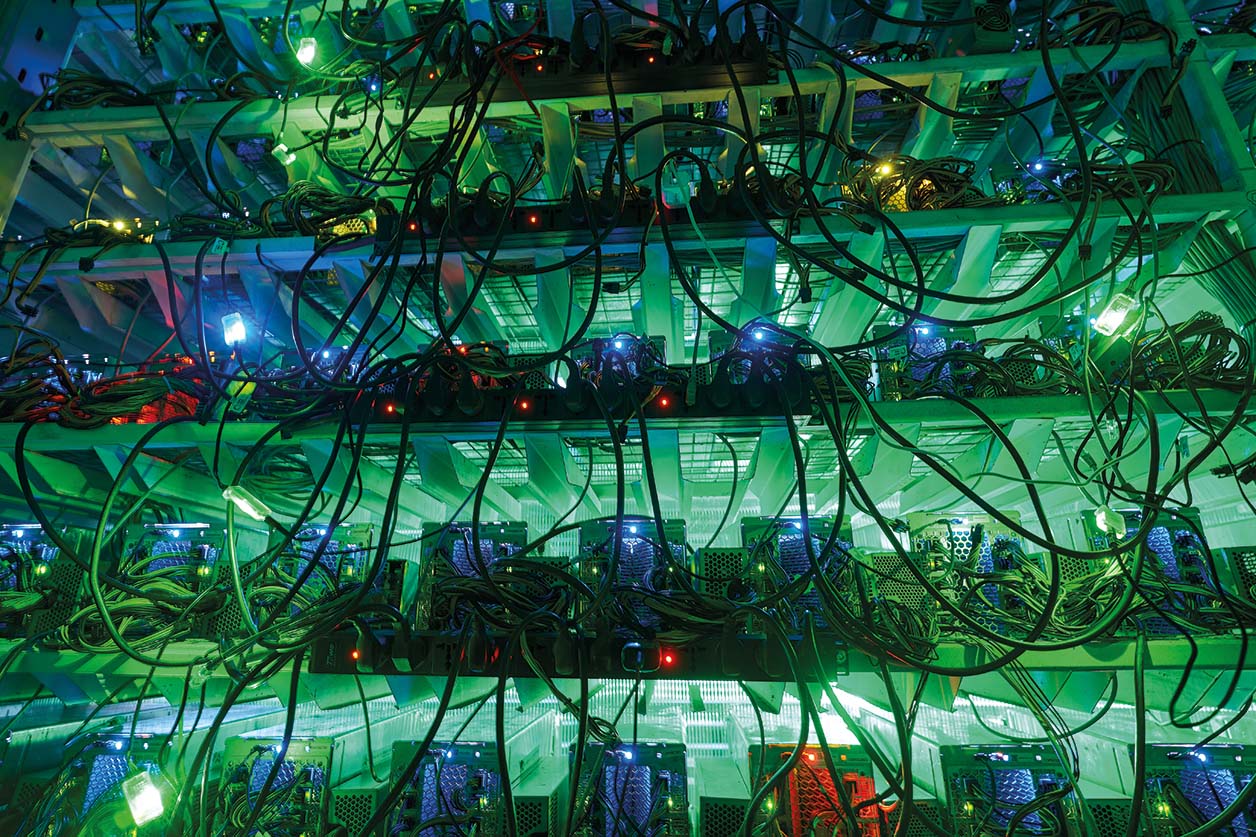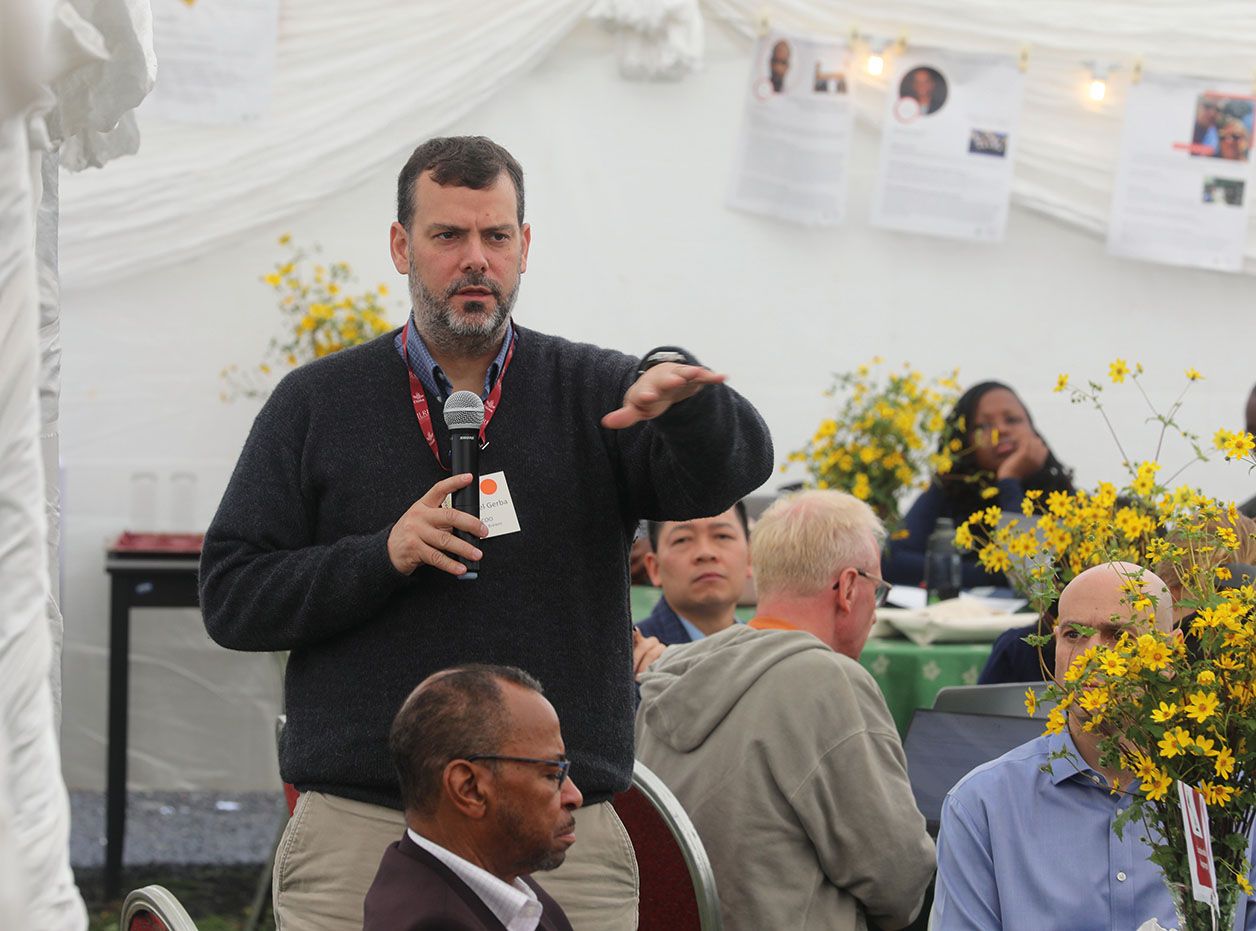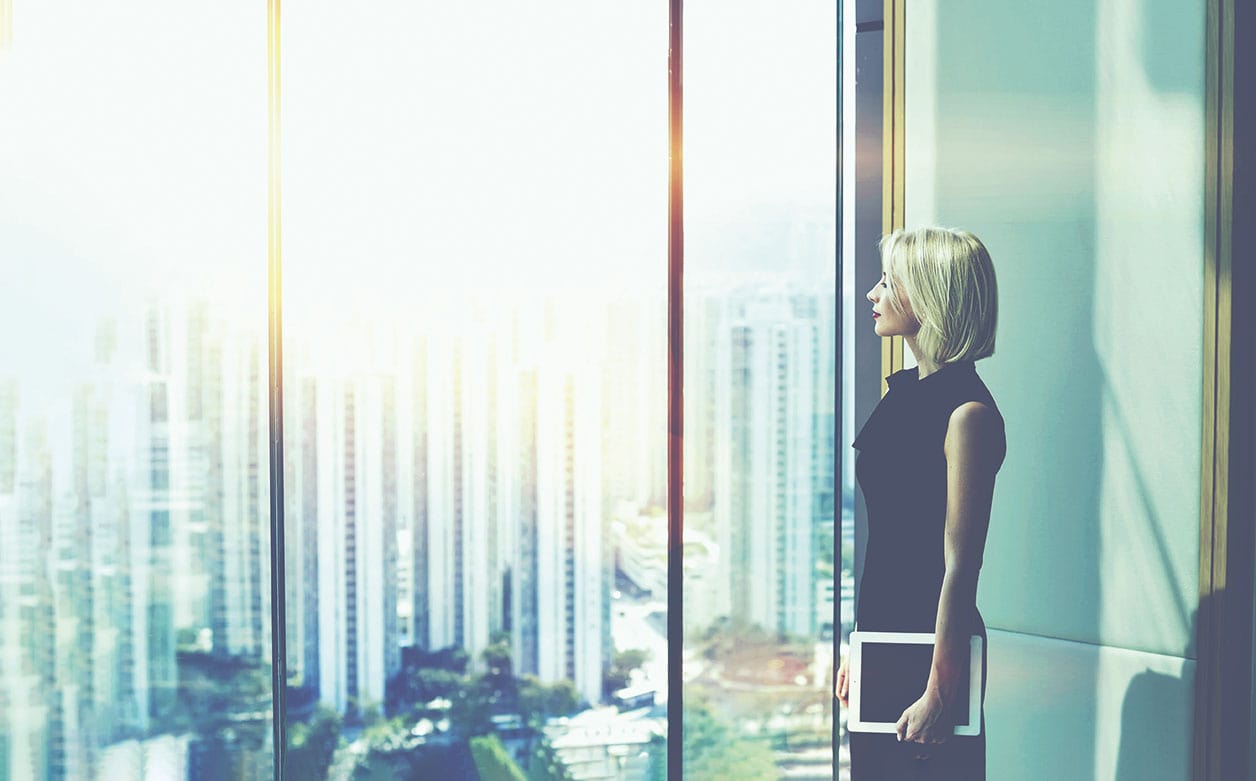Building a connection in the European workplace

John E. Kaye
- Published
- Executive Education, Home
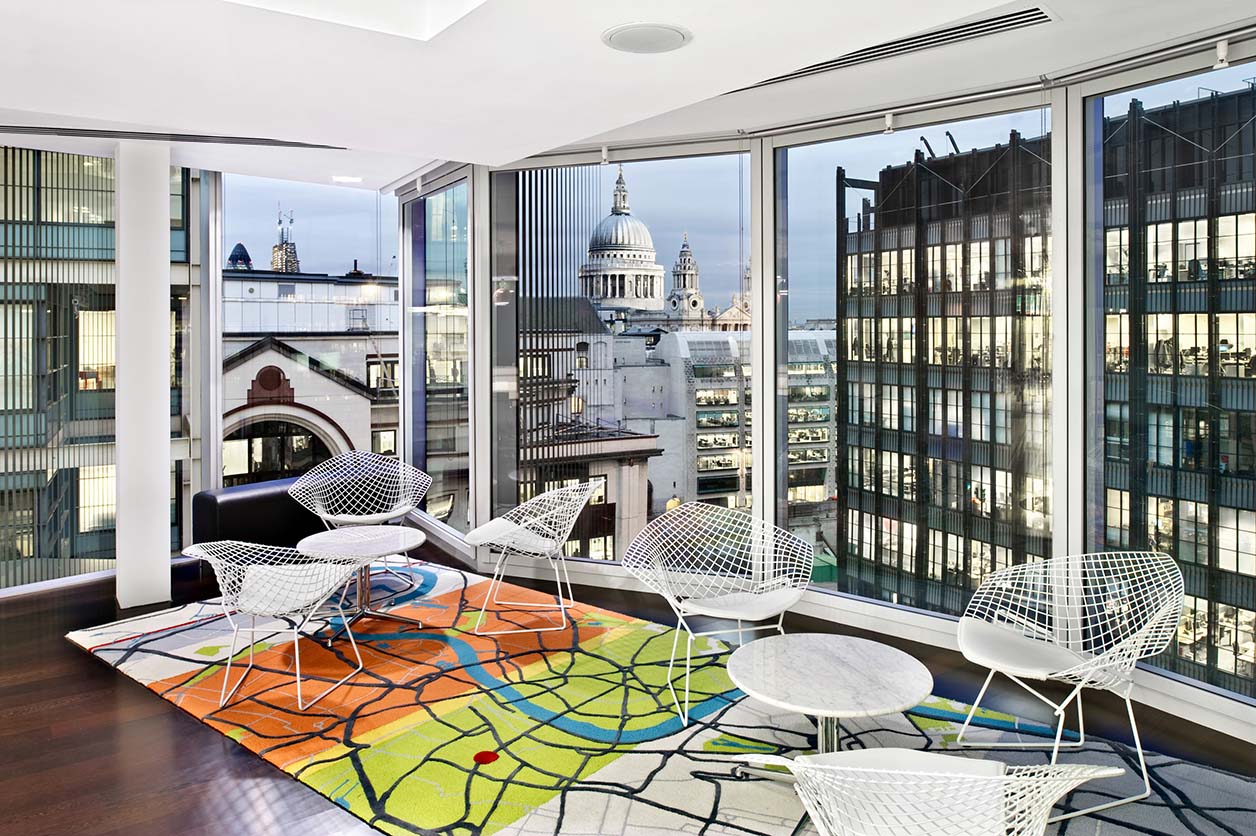
Workplaces across Europe will be more about camaraderie and connection this year according to Stuart Oldridge, workplace Principal at global architecture firm, CallisonRTKL (CRTKL).
When it comes to the workplaces of the future, camaraderie and connections will be top of the corporate agenda. As the ‘Great Resignation’ takes fold, with the retention and attraction of talent more competitive than ever, these aspects are now becoming non-negotiable.

Work from Anywhere!
The future of work is hybrid, but what hybrid means in the context of a working environment has expanded beyond the ‘office versus home’ conversation. The desire now is ‘work from anywhere.’ Whether in the gym, café, car, bar, or beach, employees want autonomy over how, when, and where they work. The emphasis will be on delivery, not location. However, what works for one group of people or one organisation, will not suit everyone, so the imperative is to establish a framework that allows the individual some autonomy while maintaining culture, knowledge sharing, productivity, and brand.
While coffee stands within lobbies are extending into co-working spaces, the needs and goals of individual locations and teams must be considered uniquely alongside those of the organisation.
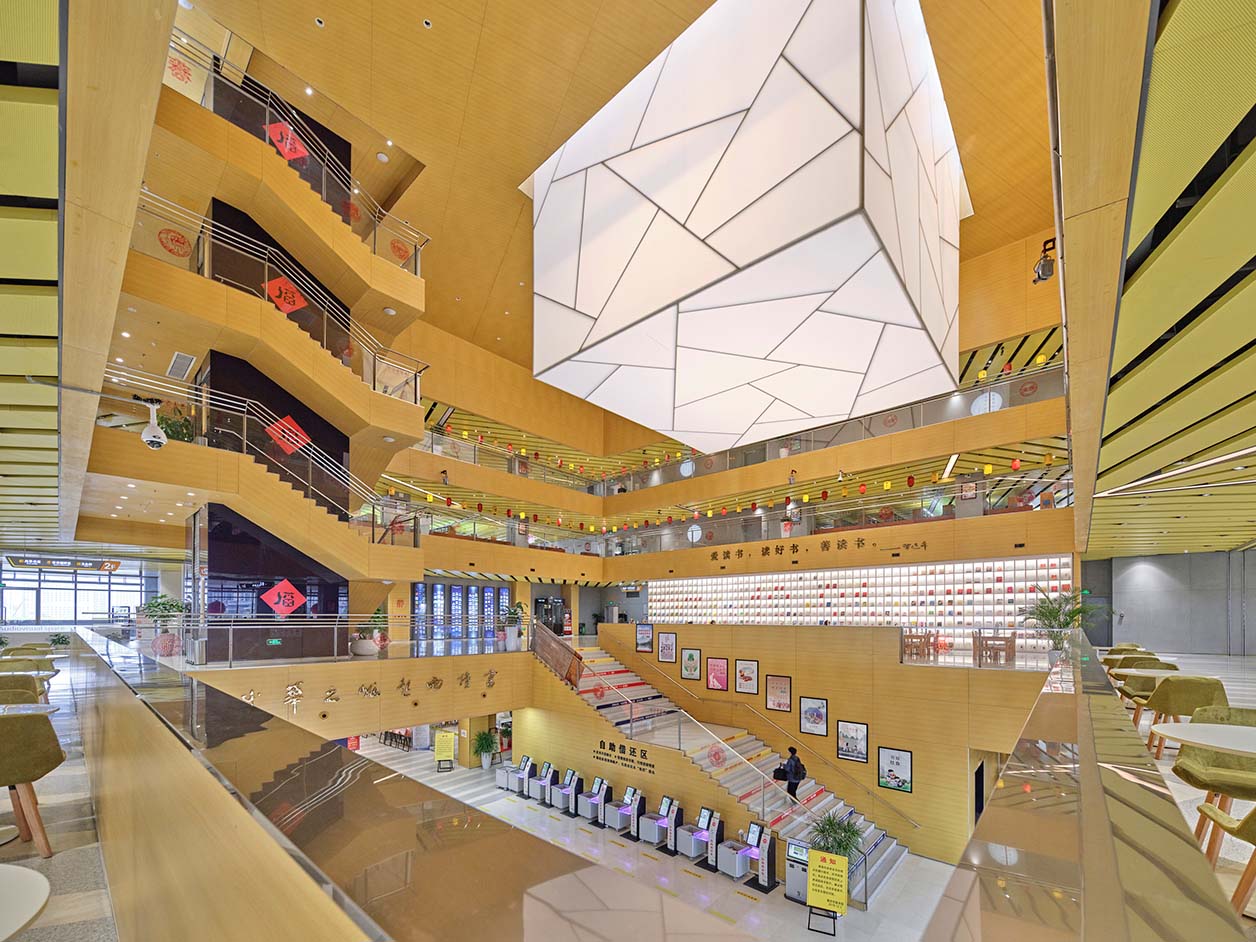
Where do they align, where do they drift and how will connection be established and maintained if employees are no longer tethered to a specific desk or time zone?
To understand this is to understand that corporate culture must be derived from something greater than employee proximity and instead tap into the five pillars of Meaning, Vitality, Freedom, Engagement and Delight.
Everyone is growing up
In all cases, the office will be more about camaraderie and connection, and less about accountability and presentism. Its role will be to foster the freshest thinking and literally hold space for socialisation, creativity, mentoring, professional development, and innovation.
We have seen the demise of the commodity office and today there is no one size fits all approach. Companies across Europe will now need to go back to basics and ask how they get the best out of their people from the spaces they work in. Informality will be favoured, with casual kitchens, social hubs and outdoor spaces for employees to connect, catch-up, and meaningfully engage with one another.
We have seen the move away from having swings and slides in offices – a disruptive move in the workplace market made by the knee jerk reaction of Silicon Valley firms to their ‘we’re not corporate’ ethos. Everyone is growing up. We’re beginning to think about space that is more welcoming, offers choice and places that are flexible enough they allow our diversity of talent to come out and benefit our organisations.
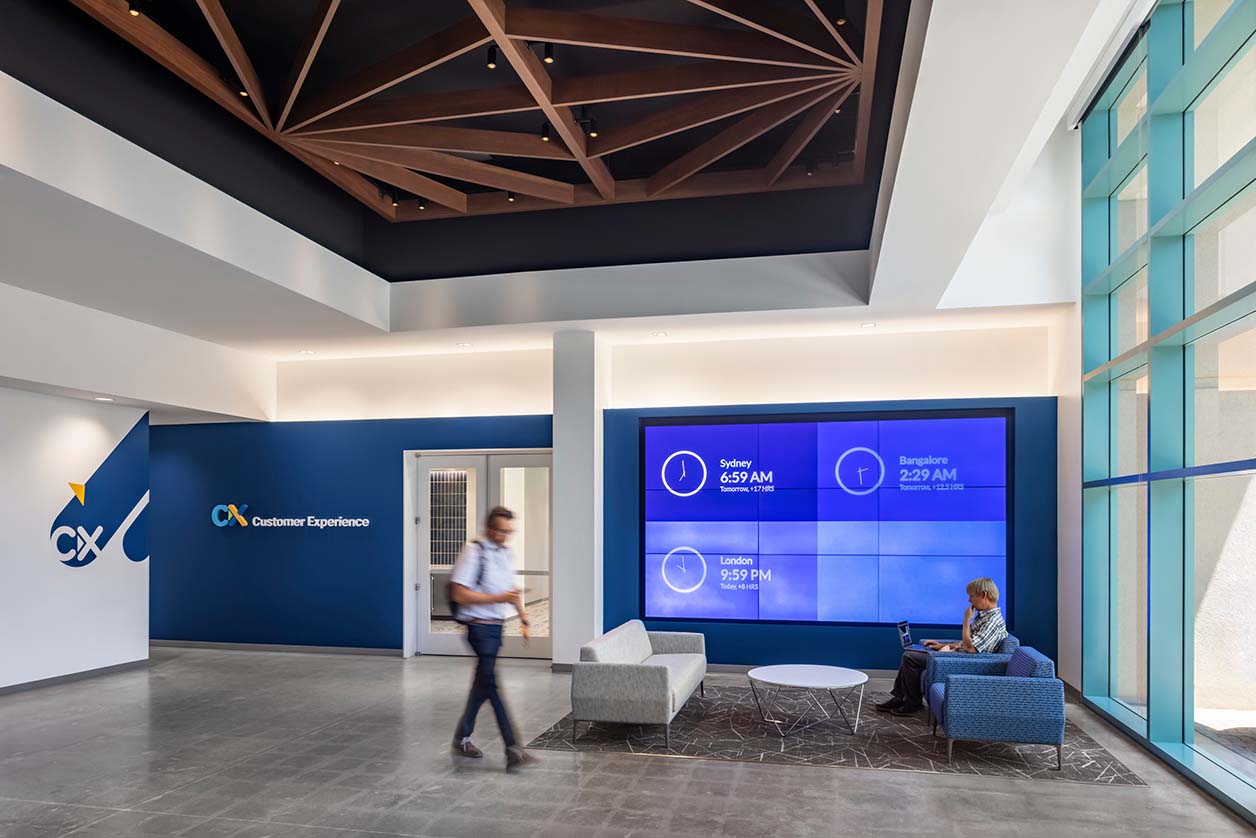
While the metaverse workplace can enhance this connected experience and that of a dispersed workforce, encouraging inclusive socialisation and a seamless interactive experience that brings together all employees equitably can only be achieved with immersive technology (XR). For most organisations, this is a medium to long-term aspiration. So, until the joy and meaning of authentic connection can be simulated in a virtual environment, the more immediate reality and priority will be optimising the physical working environment.
The aim is to transform the office as we know it, into a flexible corporate asset with infrastructure that accommodates the current needs of the team. Not only will these new developments improve employee health and productivity, but they will also provide a more inclusive workplace that caters to a diverse group of people with varying needs and abilities.
For many companies this looks like embracing digital methods of data collection, from apps to sensors as well as self-reported data (such as surveys) to understand how their workplaces are functioning. Collecting and managing big data from a work environment not only shed lights on the modus operandi (what spaces are being used, for what purpose, how often, by whom, etc.), it will highlight where there are spatial, environmental, and operational efficiencies to be gained as well as where to invest. This analysis can not only help attract and retain talent; it can also drive hybrid scenarios and inform strategic portfolio recalibration.
Lessons from the home and hotels
As more companies give their employees the option to work from anywhere indefinitely, many are now paying a premium for an empty office. While the typical office functions will remain pivotal for some, others can capitalise on what is now unoccupied space with new offerings that attract new audiences. In both instances there is an opportunity to re-imagine existing spaces or re-purpose them into a hybrid, flexible concept.
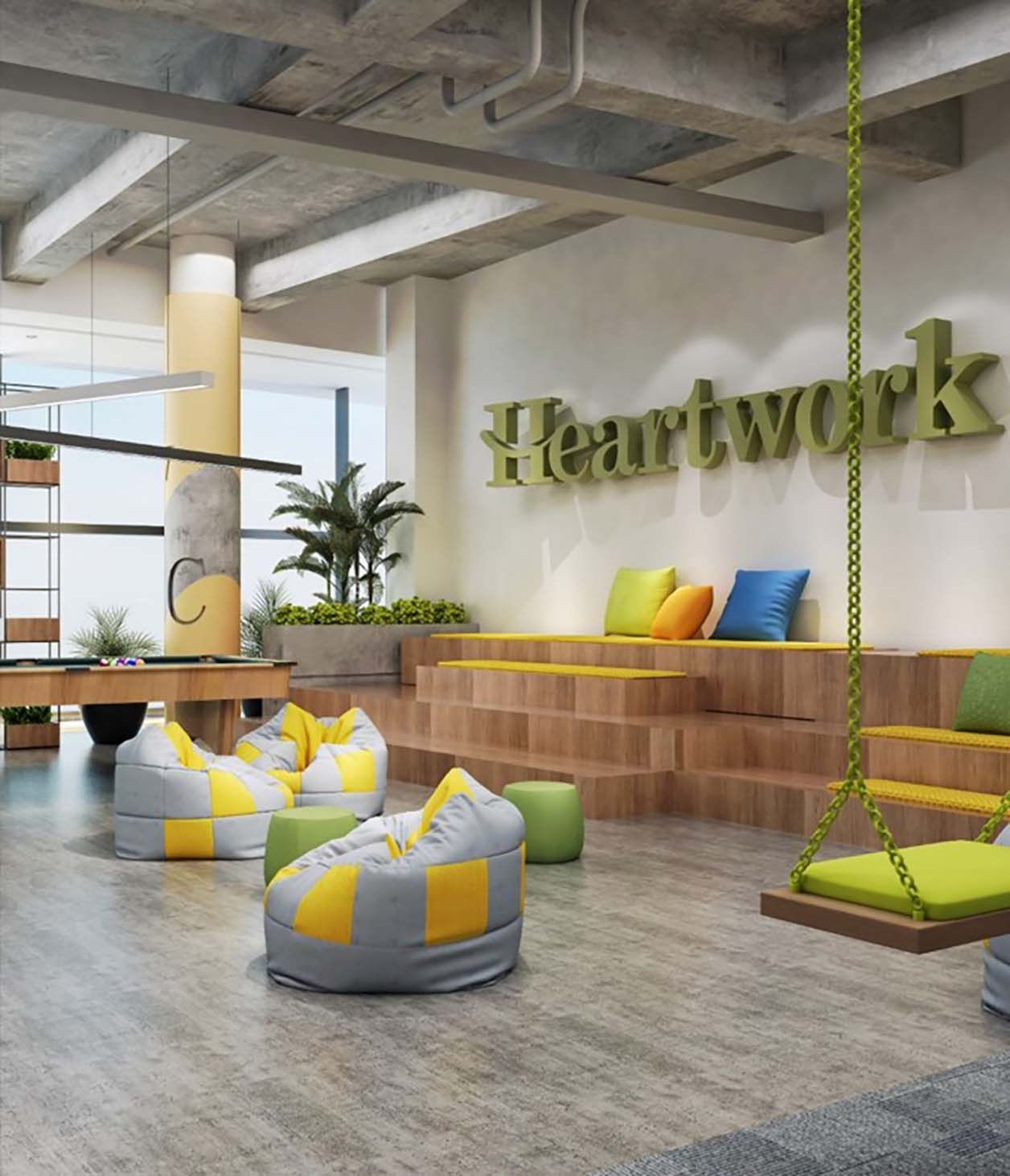
Reinvigorated lobby spaces for example, can become lively areas that serve office staff while also being monetised to attract passing public, with bookable co-working spaces or small coffee stands that draw people in. Another other option is to create specialty spaces where employers or even landlords can provide equipment or places that are not available at home such as 3D printers, virtual reality rooms or enhanced collaboration rooms.
A hybrid lifestyle shift
With the reduction of traditional office space, comes the expansion of experimental and collaborative environments; communal zones where people can relax, shop, and work. Savvy organisations will straddle the residential, hospitality and workplace sectors and recognise it is less about catering to hybrid work and more about servicing the hybrid lifestyle to attract and retain talent.
Furnished with a combination of analogue brainstorming components and new digital tools to spur virtual connectivity, these spaces will take cues from bars, cafes, hotels, and homes. Allowing for good ergonomics, biophilic design will contribute to the holistic health of the workforce, as will natural light, quality filtered air and acoustic comforts.
While the immediate future of work focuses on keeping people safe and healthy, longer-term solutions are geared toward providing meaning, relevance, and authenticity for the workforce, and generating additional income from mixed-use and hybrid offerings for the occupier and landlord. While employees expect more as behaviours and mind-sets have changed forever. Driven by sustainability, design will focus on repositioning, recycling and refurbishing office space with human connection at its heart. The result will be a more authentic workspace that attracts and retains talent in the new hybrid model.
Sign up to The European Newsletter
RECENT ARTICLES
-
 Why leadership is the strongest defence in South Africa’s schools
Why leadership is the strongest defence in South Africa’s schools -
 Porto Business School launches executive programme on AI strategy
Porto Business School launches executive programme on AI strategy -
 POLIMI Graduate School of Management strengthens global reputation in MBA and master’s rankings
POLIMI Graduate School of Management strengthens global reputation in MBA and master’s rankings -
 Trinity Business School strengthens standing in global MBA rankings
Trinity Business School strengthens standing in global MBA rankings -
 Meet the class of 2025… and their children. Why mid-life university learning is on the rise
Meet the class of 2025… and their children. Why mid-life university learning is on the rise -
 University of Michigan launches executive programme for chief data and AI officers
University of Michigan launches executive programme for chief data and AI officers -
 International education: A vision for global citizens
International education: A vision for global citizens -
 How to create lasting social change? Build a community
How to create lasting social change? Build a community -
 Tomorrow’s world needs Dyslexic Thinking
Tomorrow’s world needs Dyslexic Thinking -
 Why family therapy is the best investment you can ever make
Why family therapy is the best investment you can ever make -
 How EQ can give us the edge over AI
How EQ can give us the edge over AI -
 A true root and branch approach
A true root and branch approach -
 It's fine to say you're not ok
It's fine to say you're not ok -
 Are you willing to change with your organisation?
Are you willing to change with your organisation? -
 Emerging markets: Online learning for women unlocks economic potential
Emerging markets: Online learning for women unlocks economic potential -
 A programme of urgent importance
A programme of urgent importance -
 Why progress is not parity
Why progress is not parity -
 Begin by building trust
Begin by building trust -
 Have we the energy for cryptocurrencies?
Have we the energy for cryptocurrencies? -
 Make your employees everyday data scientists
Make your employees everyday data scientists -
 The power of understanding
The power of understanding -
 Welcome to the team
Welcome to the team -
 Become your best self with Gies
Become your best self with Gies -
 The benefits of seeing the bigger picture
The benefits of seeing the bigger picture -
 All you need to know about corporate culture audits
All you need to know about corporate culture audits

